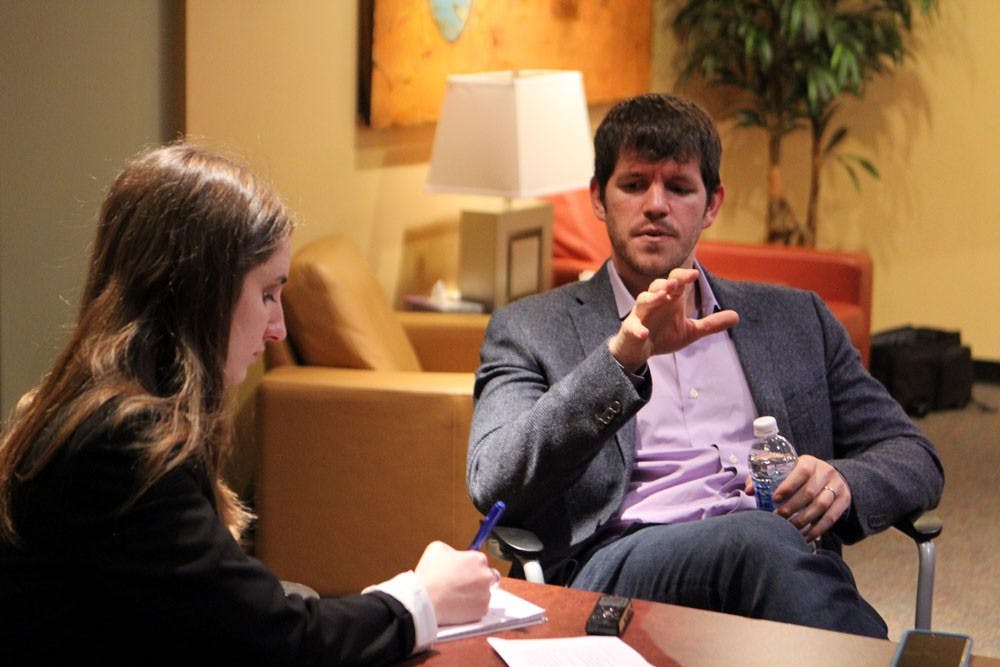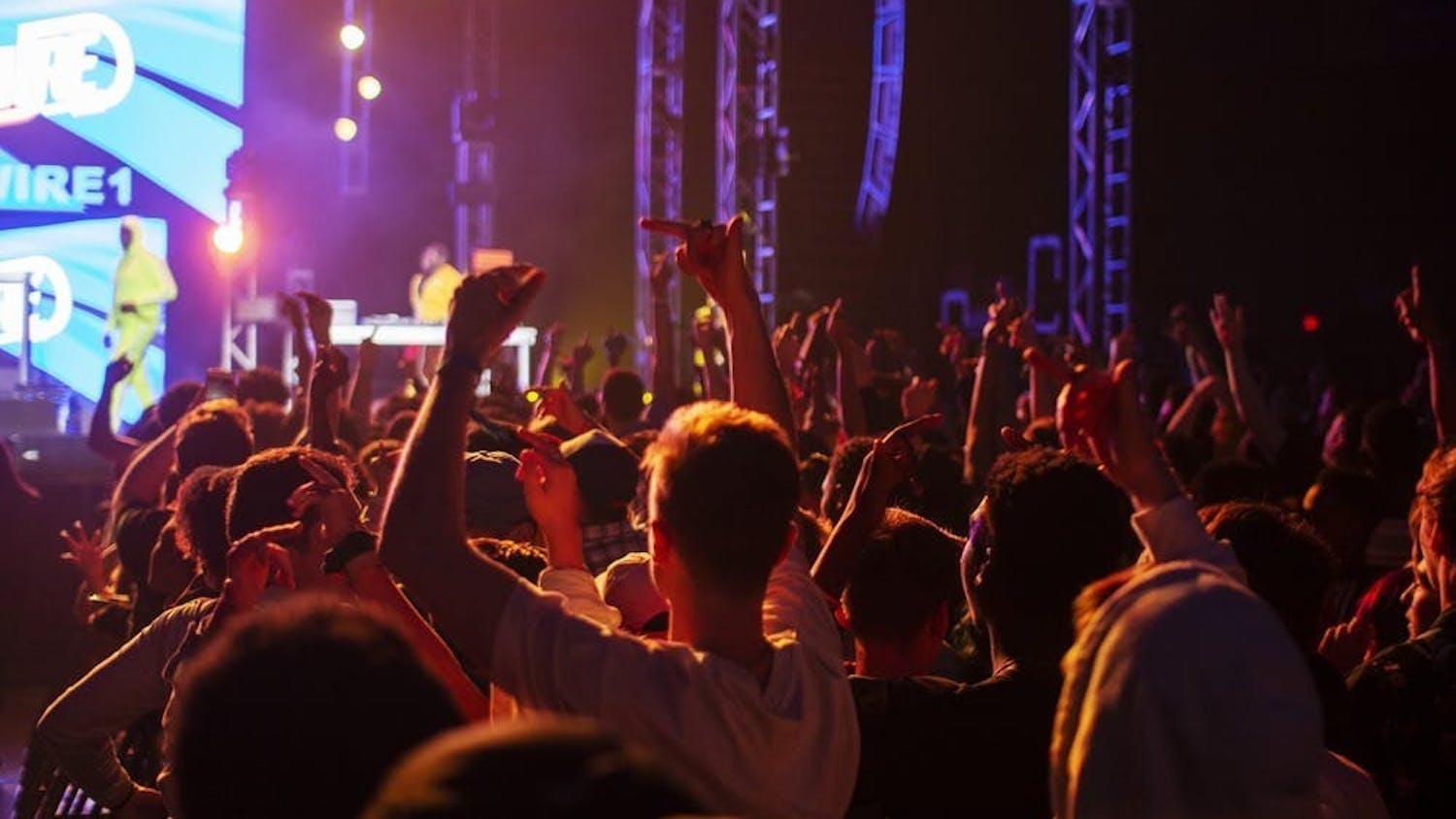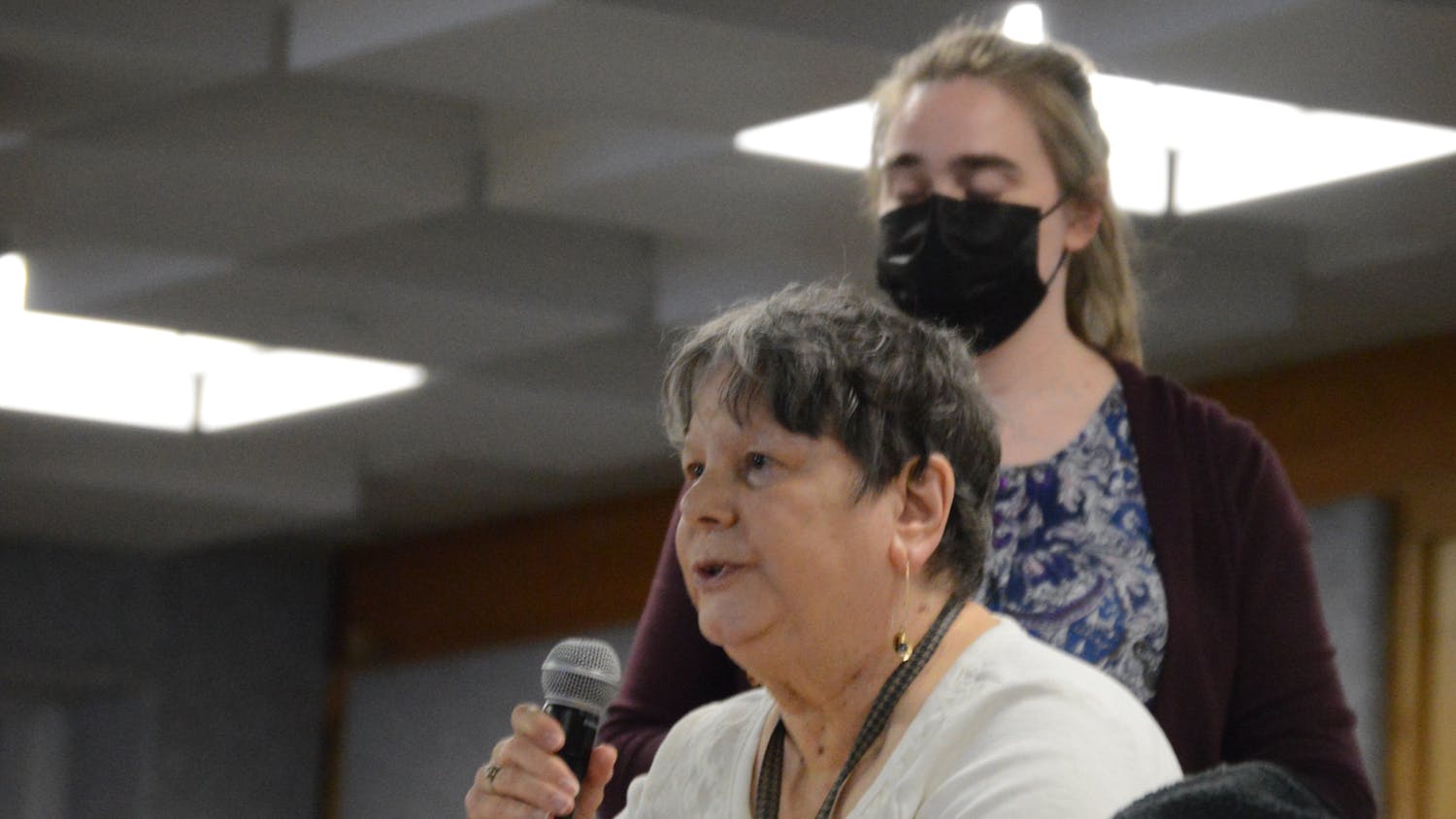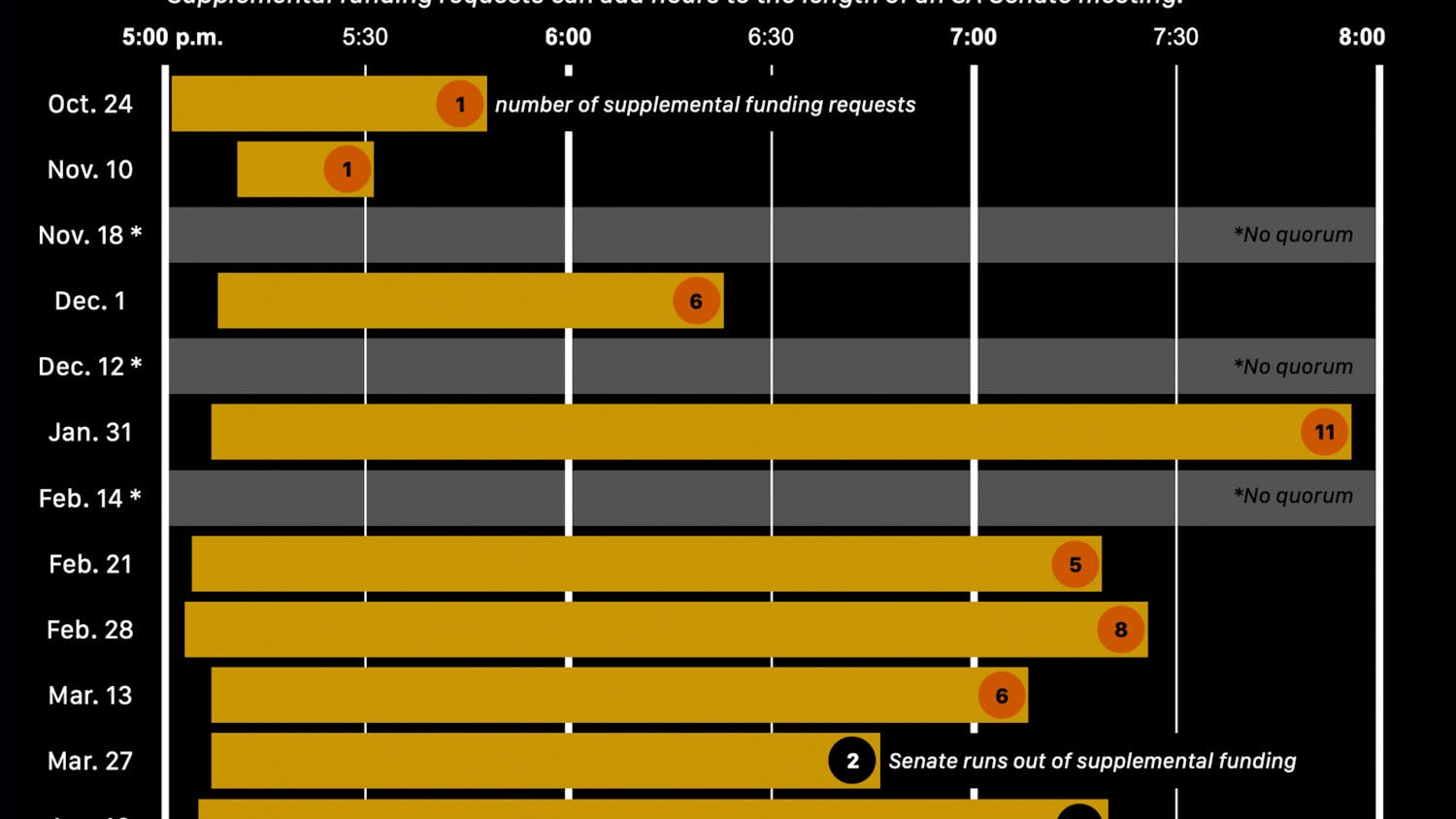Q: Did you initially expect for your project to have had the impact it has had? What was your reaction to its success?
A: I moved to New York City to start Humans of New York (HONY) so obviously I thought it had the potential to be something. You know my whole goal was to grow it large enough to where I could support myself and be an artist full-time. That was the ultimate goal and so I say anything beyond that was unexpected. I remember very early on, 10 new people liked the page everyday, I was interviewing 10 new people everyday and I remember doing math if that kept happening everyday I would have 10,000 fans. I remember thinking that was so many fans and that was a huge success and so that was kind of the scale of success I was looking at when I started. Growing into 25 million followers was far beyond what I imagined.
Q: Can you elaborate on where your idea to create Humans of New York came from?
A: Now that’s a 45-minute speech. The main thing I’m always saying is the idea for HONY was not this fully formed idea that I had and executed. That’s the most important thing: I always say that if I had waited for the idea for HONY, I would never have done HONY. It didn’t start with idea; it just started with me loving photography and me wanting to find a way to photograph all day long. My goal wasn’t for it to be this massive success. My goal was I wanted to figure out how to photograph all day long, pay my rent and eat. Through the process of doing that, I was out working every single day and I started to change my work one little bit at a time. I found out it was interesting to photograph people and even more interesting to stop people and ask for their photograph. Then I started adding captions. Then I started adding quotes. Quotes got longer and turned into interviews. It became more about the storytelling than just photography. The idea itself was very much a journey.
Q: How do you go about finding people with interesting stories?
A: It’s a lot of work. One, a lot of people say no. I would say that half the people I approach will allow me to take their picture and allow me to interview them, so that takes a long time. You know I’m also asking someone for about 45 minutes of their time and so it’s rare to find someone that’s willing to talk and who has the time to talk with you. And how do I choose people because the process takes so much time and the interviews take so much time – I’m normally looking for people who look like they have time. When I first started HONY, it was very much photography-centered. I was looking for colorful people, eccentric people but now it’s so much about the storytelling and the interviews. I’m looking for somebody who has time – that’s normally someone who is sitting on a bench or smoking a cigarette. That’s what I look for now.
Q: When you were a history major at the University of Georgia, what did you imagine yourself doing?
A: I didn’t know. I just knew I enjoyed history. I was a business major and I flunked out of school and then I got my grades back up and I was going back into the major and I was like ‘Well I don’t want to flunk out again,’ so I might as well choose something I’m interested in. I loved history at the time and so I chose history because it fascinated me so much. As my senior year started coming to an end, I started to think about what I was going to do with it. I thought about law school and then I got very fortunate. A friend of mine who had a job in finance in Chicago offered me an interview with this firm, which is how I started trading bonds for years. So yeah, I didn’t really know at that point.
Q: Which story have you heard that was most moving and stood out to you?
A: I would say the Pediatric Cancer Series was the one that really shook me the most. A couple of stories within that were just brutal. One, which was a mother who lost her child, told me that story. Those were the ones that were probably the saddest.
Q: What has been the biggest obstacle of your life and career and how did you overcome it?
A: My biggest obstacle would be flunking out of college, I paid my own way through community college and then I went back and I made straight A’s. That was probably the moment that I hit the bottom when I was 21-years-old and I flunked out of school and I didn’t know what I was going to do. But even that is something I hesitate to describe as a major obstacle because having interviewed 10,000 people I know there’s people out there who have had a lot worse things happen to them than flunking out of school. I feel almost selfish for describing it as a major obstacle because I’ve been very blessed.
Q: In what way would you say this project has impacted you most?
A: When I first started HONY, I remember how terrified I was to approach people and I didn’t even think that people would let a stranger take their photograph. That did not seem like anything someone would be allowed to do. ‘Can I take your photo? I don’t know you but yes.’ Now fast-forward several years later, I’m walking up to people almost with the expectation that not only will they allow me to take their photograph but in a very short amount of time we will be talking about very personal matters. I found there’s almost no question people won’t answer you know, if you ask them in a genuine tone and in a very interested way. So I think that’s been the biggest lesson for me is how willing people are to share if somebody takes an interest.
Hannah Stein is the co-senior news editor and can be reached at Hannah.stein@ubspectrum.com





